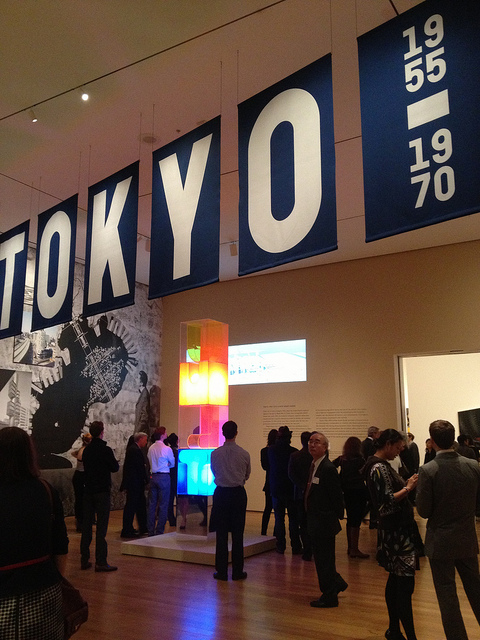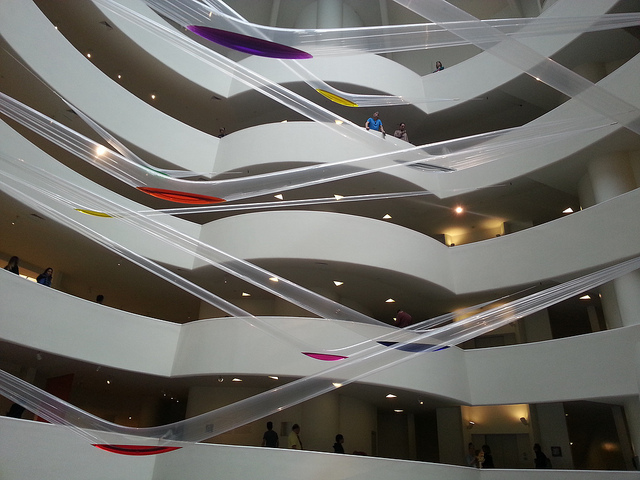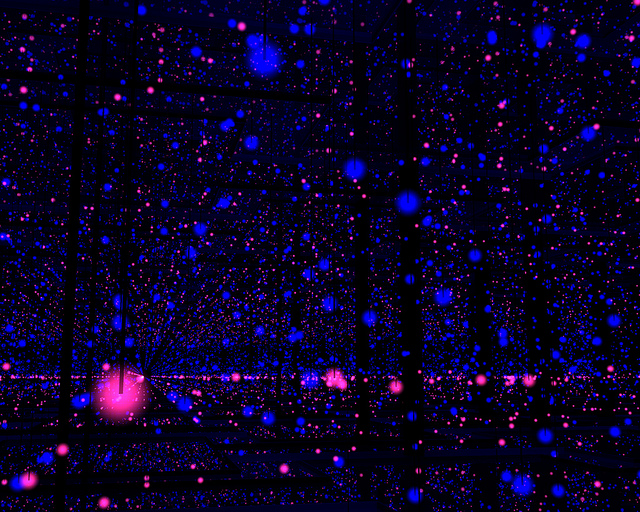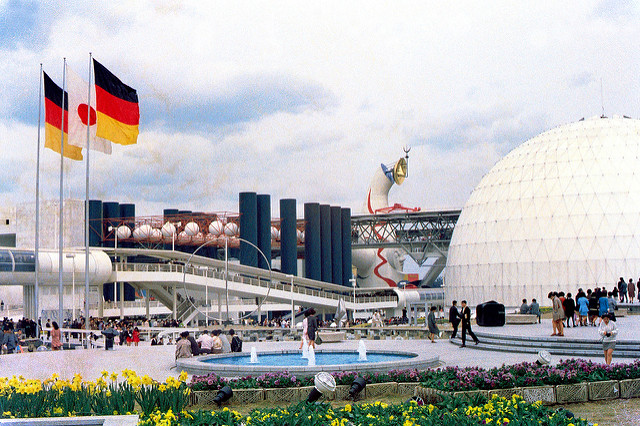
Japanese Art Exhibitions That Changed The Way The World Looks at Japanese Art
Recently, there is a resurgence in interest in Japanese art. Retrospectives of the work of leading Japanese artists and art movements are traveling the world and introducing global audiences to never before seen Japanese art. This is a good thing, too. Many Japanese artists have been under-appreciated by Western audiences. This is especially true of art made in postwar Japan. This roundup of influential Japanese art exhibits in Japan and abroad tells part of the story of the growing interest in Japanese art since WWII.
This post may contain affiliate links. If you buy through them, we may earn a commission at no additional cost to you.
Looking East: Western Artists and the Allure of Japan
This touring exhibition looks at the enormous impact that Japanese art has had on some of the most famous Western artists throughout the 19th and 20th centuries. Almost as soon as Japan opened its borders to trade and commerce in the second half of the 19th century, Japanese culture earned the attention and respect of global audiences in a fad for Japanese goods that was called "Japonism." Along with the trade in goods, Japanese art began to leave the country and was collected by members of high society across the world. The unique aesthetic of Japanese artists inspired famous Western artists including Monet and Van Gogh to name just a few.
In 2013, the Museum of Modern Art (MOMA) in New York staged an exhibition looking at the avant-garde art scene that emerged in Japan after WWII. These artists responded to the social climate at the time by producing a litany of work that expressed the younger generation's ideals of freedom and expression while incorporating a new respect for the historical heritage of Japan.
Gutai: Splendid Playground at the Guggenheim Museum in New York
Also in 2013, the Guggenheim opened an exhibition that focused on the works of the Gutai Art Ensemble, another influential post-war avant-garde Japanese art group. The exhibition was timed to coincide with a book that explored in detail the work of different members of this group and the themes and influence of these artists.
Yayoi Kusama at the Tate Modern in London
A touring exhibition of Yayoi Kusama arrived at the Tate Modern in London in 2012. I was living in London at the time and it seemed that for a while all any art lover would talk about was this grand retrospective of her life and career in art. She has become one of the most celebrated and beloved Japanese artists as this art exhibition continues to tour around the world. She is definitely one of the contemporary 'art stars' of Japan.
The nine decades of Yayoi Kusama’s life have taken her from rural Japan to the New York art scene to contemporary Tokyo, in a career in which she has continuously innovated and re-invented her style. Well-known for her repeating dot patterns, her art encompasses an astonishing variety of media, including painting, drawing, sculpture, film, performance and immersive installation. It ranges from works on paper featuring intense semi-abstract imagery, to soft sculpture known as ‘Accumulations’, to her ‘Infinity Net’ paintings, made up of carefully repeated arcs of paint built up into large patterns. Since 1977 Kusama has lived voluntarily in a psychiatric institution, and much of her work has been marked with obsessiveness and a desire to escape from psychological trauma. In an attempt to share her experiences, she creates installations that immerse the viewer in her obsessive vision of endless dots and nets or infinitely mirrored space.
Japan is world renown for its fashion. From high fashion boutiques and world-class designers to the creativity born on the streets, Japan has been the global trendsetter in fashion for many decades. An exhibit at the Fashion Institute of Technology in 2010 brought the leading designers and trends from Japan back into the spotlight. The exhibit was so popular that it was extended so that more people could go and see it. It focused on recent trends such as gothic lolita (pictured above) as well as the history of top Japanese designers like Rei Kawakubo, Yohji Yamamoto, and Issey Miyake.
«Pepsi Pavilion for the Expo '70»
«The ‹Pepsi Pavilion› was first an experiment in collaboration and interaction between the artists and the engineers, exploring systems of feedback between aesthetic and technical choices, and the humanization of technological systems. Klüver‘s ambition was to create a laboratory environment, encouraging ‹live programming› that offered opportunity for experimentation, rather than resort to fixed or ‹dead programming› as he called it, typical of most exposition pavilions. [...] The Pavilion‘s interior dome–immersing viewers in three-dimensional real images generated by mirror reflections, as well as spatialized electronic music–invited the spectator to individually and collectively participate in the experience rather than view the work as a fixed narrative of pre-programmed events. The Pavilion gave visitors the liberty of shaping their own reality from the materials, processes, and structures set in motion by its creators.»
The information in this article is accurate at the time of publication.










